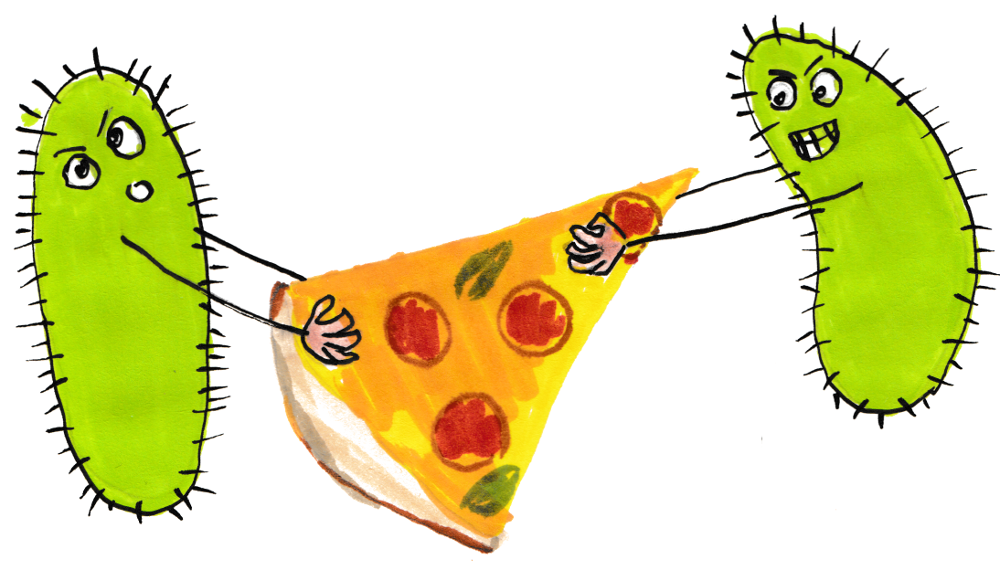
Natural ecosystems support a diversity of species which compete for limited resources. Classically, competition for resources was understood to result in decreased diversity, with the expectation that only those species best equipped to utilize available resources would thrive, while their less optimal competitors would die off. This hypothesis, known as the competitive-exclusion principle, is clearly contradicted by natural ecosystems such as oceanic plankton communities and the human gut, where a plethora of species thrive on relatively few resources. This paradox, known as the ‘paradox of the plankton’, has led to many competing theories for how diversity is maintained when nutrients are steadily supplied. By contrast, the theoretical understanding of how biodiversity is maintained when nutrients are only intermittently available, e.g. in a yearly cycle, is underdeveloped. Moreover, observed ecosystems show conflicting relations between the amount of available nutrients and the observed species diversity, which also calls for theoretical investigation.
We set out to find guiding principles that would explain both how species diversity is maintained despite competition for resources, and why, in different observed ecosystems, diversity shows qualitatively different dependences on the amount of nutrients available. Identifying these principles could yield insights into how to protect fragile ecosystems in the face of nutrient-related environmental changes, such as fertilizer runoff, warming temperatures, and permafrost melt.
We have developed a theory of resource competition in a seasonal ecosystem by modeling recurrent addition and depletion of nutrients. Our theory supports species diversity beyond the competitive-exclusion limit, thus helping resolve the long-standing conundrum of diverse communities thriving on few resources. One striking observation is that the relationship between biodiversity and nutrient supply can be increasing, decreasing, or non-monotonic depending on conditions. This variation in trends arising even from a simple model rationalizes the lack of consensus regarding the shape of nutrient-diversity curves in field observations. As a guiding principle, we propose an “early-bird” effect, where species that are able to rapidly utilize a subset of the available nutrients grow to dominate the ecosystem. The “late-birds”, despite being more effective at consuming the remaining nutrients, are faced with an insurmountable disadvantage in numbers, leading to a rich-get-richer effect not unfamiliar in other walks of life. The early-bird effect has been recently observed experimentally in Aranda-Díaz et al.